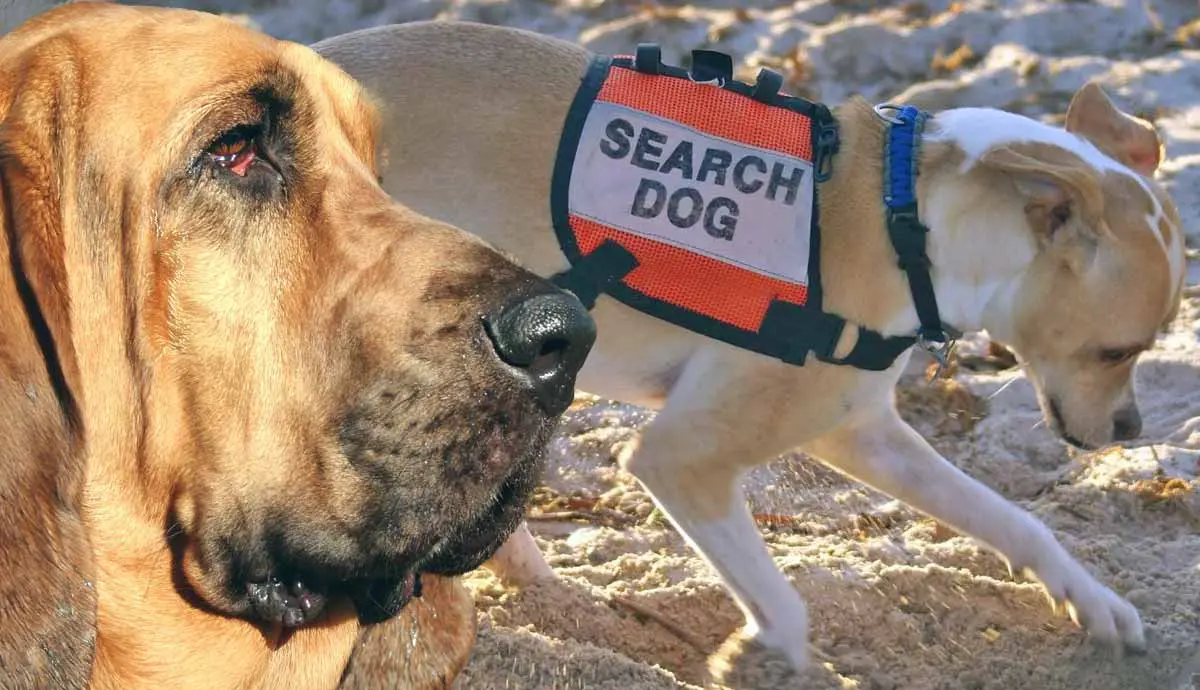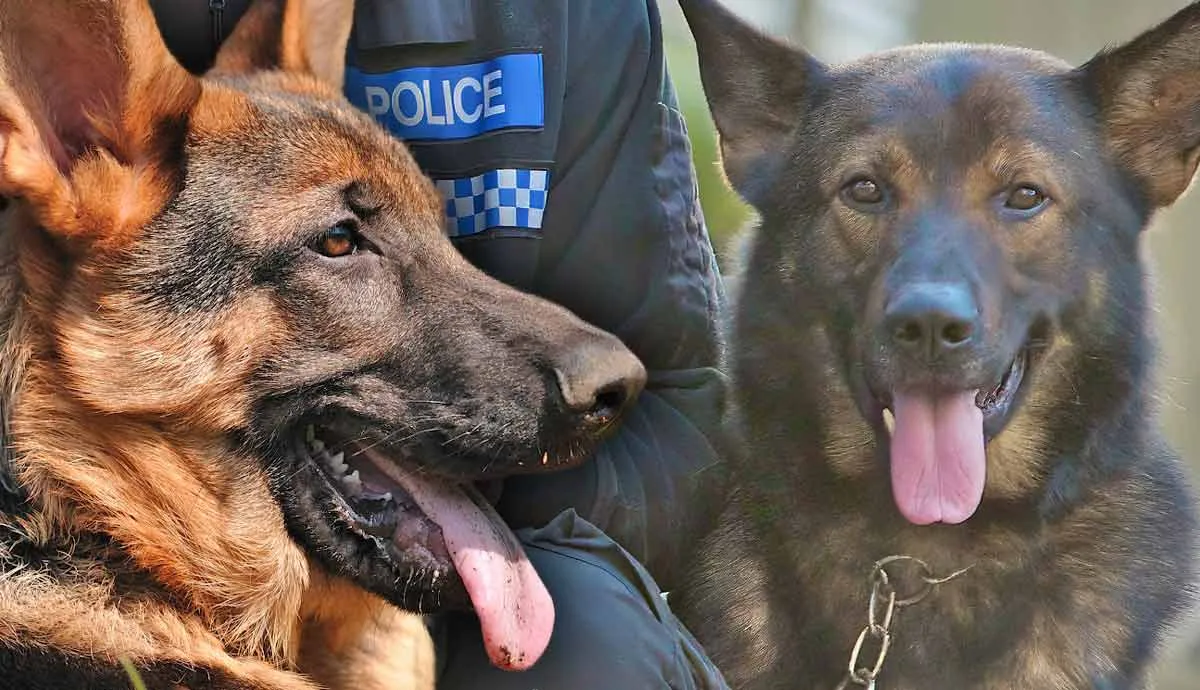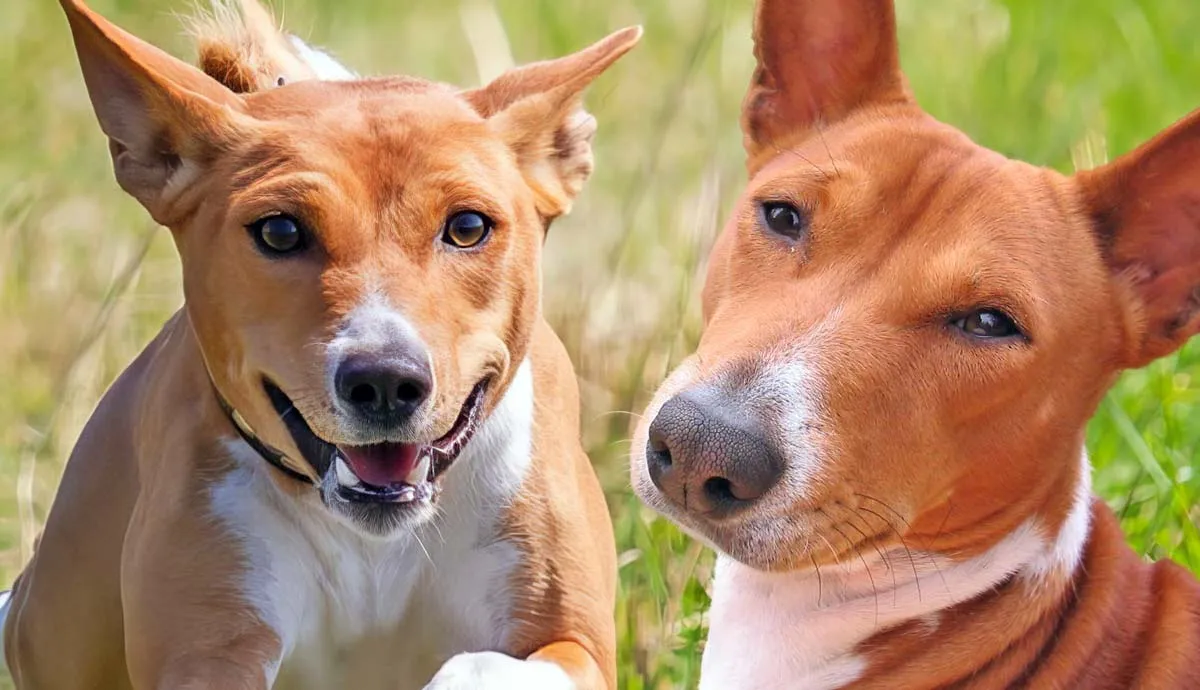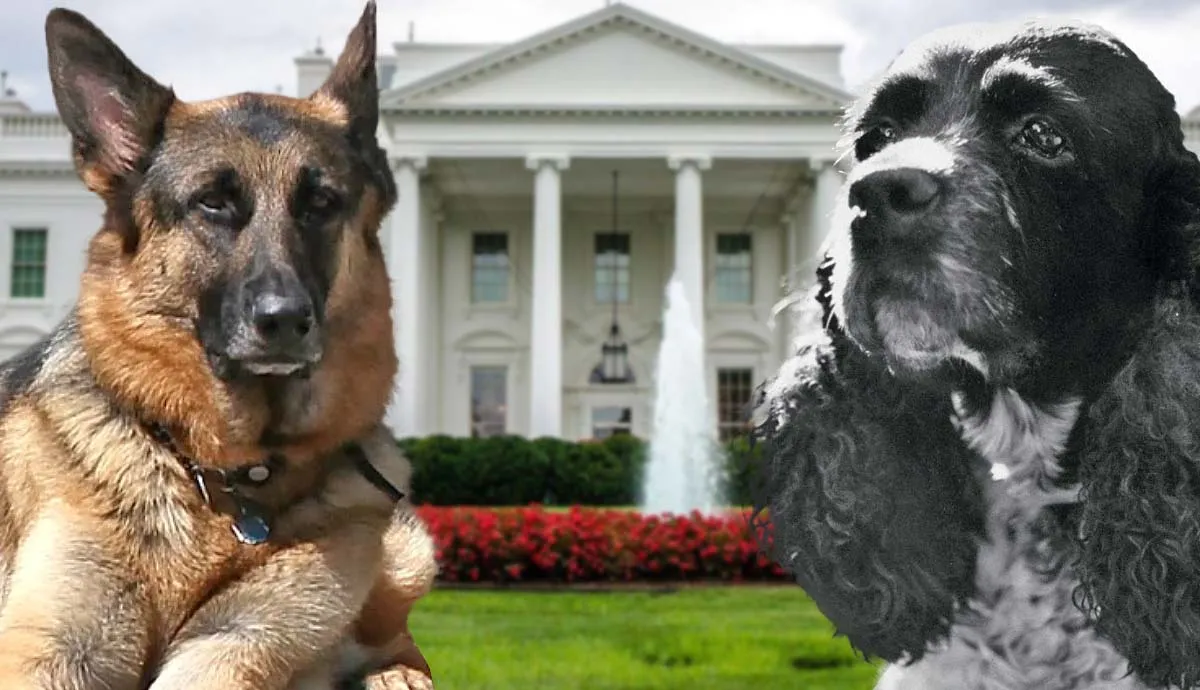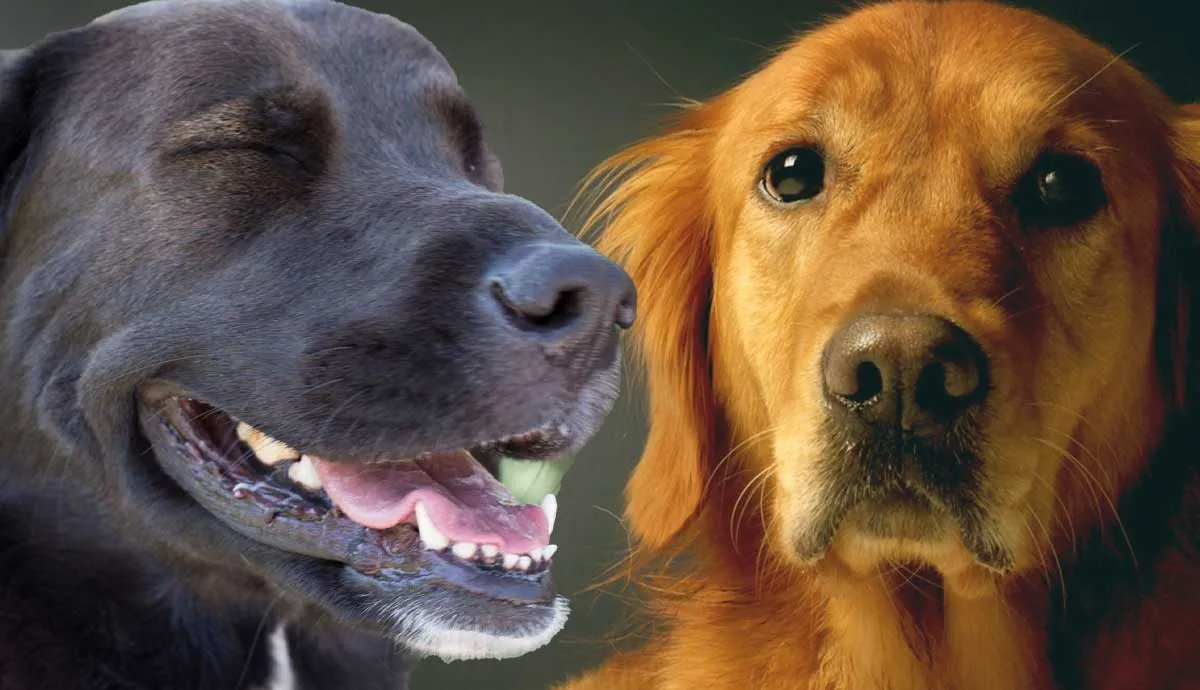Search and rescue dogs are some of the first on scene when a person goes missing. These dogs have amazing noses, as all dogs do, but they’re specially capable of distinguishing certain scents and following scent trails.
Search and rescue dogs have saved countless lives, including kidnapping victims and those lost in disaster. Their talents, combined with careful training, have been a great aid to humanity throughout the years.
Let’s take a look at what goes into successful search and rescue dogs!
What Search and Rescue Dogs Do

Search and rescue is a pretty self-explanatory title for these working dogs, but their jobs can get pretty specific.
An SAR dog uses hundreds of millions of scent receptors in their nose to identify and track a certain smell. Their olfactory system has extensive connections and allows them to easily distinguish between scents humans can’t even pick up on.
With the right training, search and rescue dogs become invaluable heroes.
Search and Rescue Dog Training
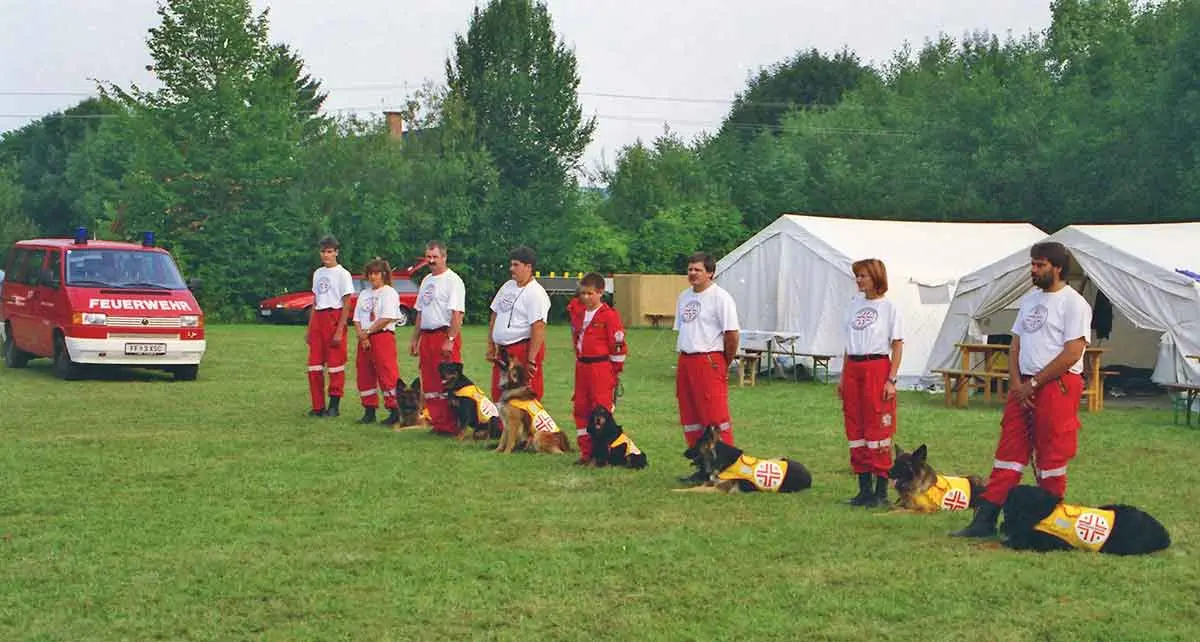
Like most service dogs, every search and rescue career starts with basic training. An SAR dog should understand and follow basic commands so they may be around humans or in exciting environments without issue.
Search and rescue dogs should be able to work off leash as well, and their training teaches them to return to their handler whenever they find an important scent. More specialized training may cultivate their instincts for specific environments or demands, such as searching in water or looking for cadavers.
Their handlers also receive special training to ensure they can direct their canine partner well. Handlers should be just as capable of navigating rough terrain. They’re also trained in first aid to administer proper care to victims as soon as they’re found.
Air Scenting

Air scenting dogs are trained to cover large areas, detecting scent in the air rather than catching a trail on the ground. They must be able to distinguish between their target scent and a plethora of other smells, as well as return to their handler once a victim is found.
Some SAR dogs focus on finding a hot scent on water or snow rather than air. In these environments, the scent travels up to the surface and the dog must be able to detect it with a great degree of accuracy.
Disaster response teams use air scenting dogs to find victims quickly. Dogs that specialize in disaster response receive special training for directional control, allowing their handler to point them to hard-to-reach locations for more effective searching.
They also receive physical training for navigating disaster conditions, including moving on unstable surfaces.
Trailing
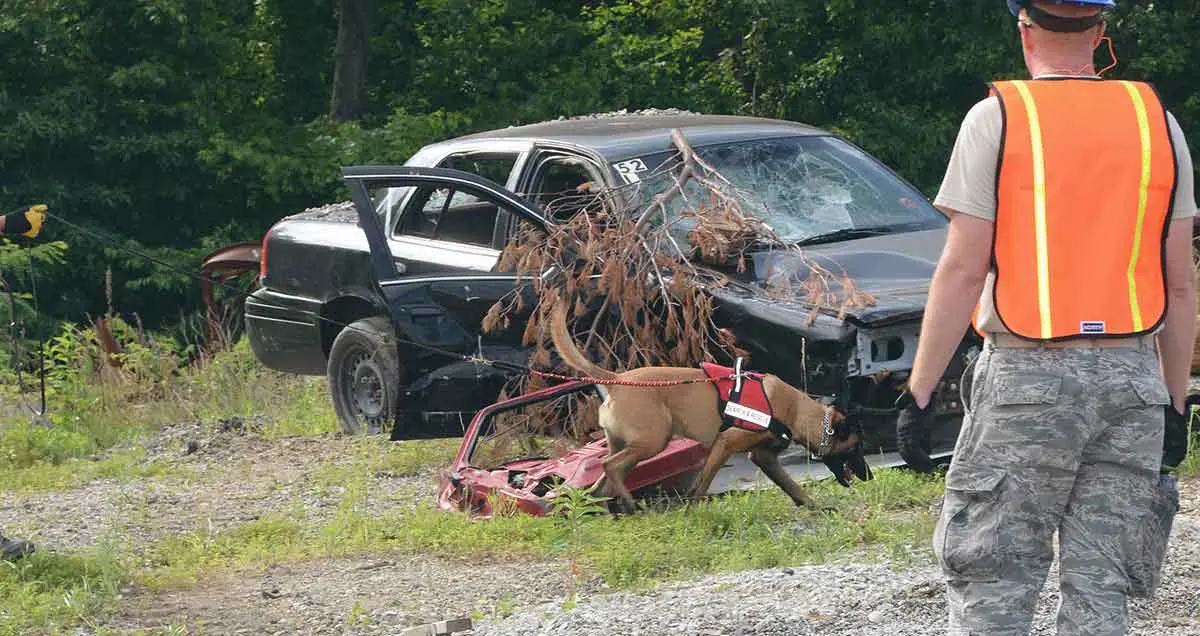
Trailing dogs, also known as tracking dogs, usually run around with their nose to the ground as they follow a specific scent. They're provided with a target scent or set up at their target’s Last Known Point (LKP) and move out from there.
Tracking dogs rarely raise their head, and they can follow the trail with accuracy so great they even know when the scent circles over itself. If they lift their nose to the air, it’s to gather more information so they can follow the trail efficiently.
While trailing dogs are key players when time is an issue, their olfactory sense is so great they can follow old trails and even pick up on trails left from car windows or vents.
How Search and Rescue Dogs are Chosen
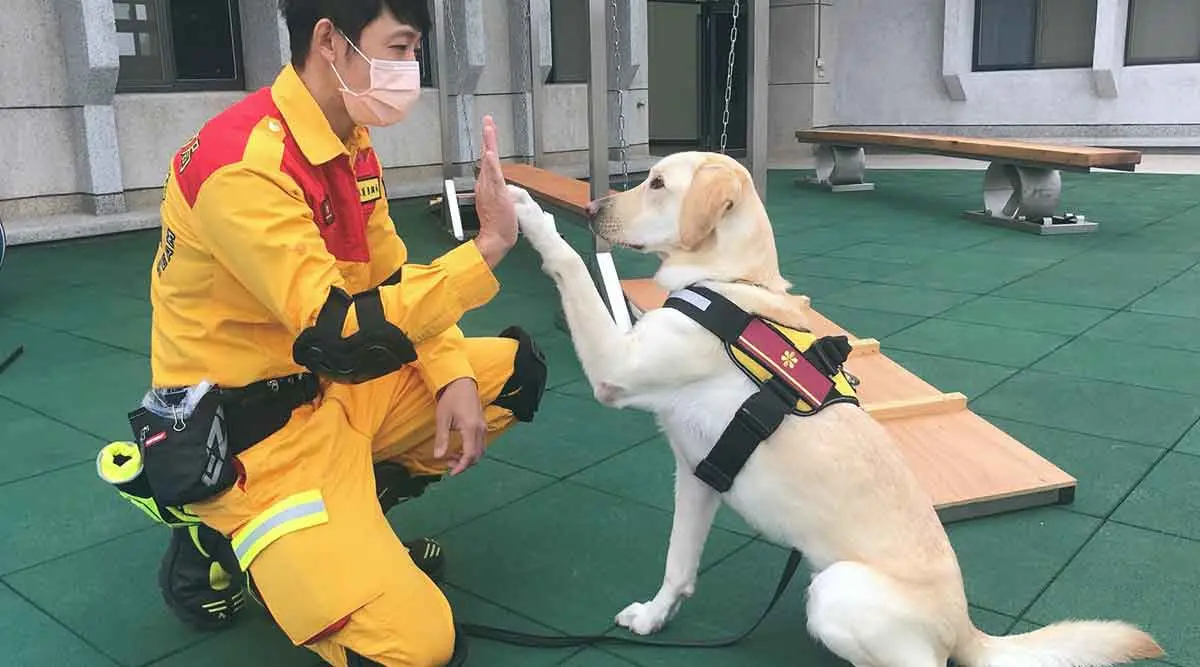
Because of their strong scent skills, any dog with the right temperament and training would be a better tracker than a human. The ideal search and rescue dog:
- Listens quickly and consistently to demands
- Can focus for hours on a certain scent
- Has a strong body capable of following long trails over difficult terrain
Any dog may meet these criteria, but breeding programs exist to cultivate the best of the best. These usually focus on dogs with the best noses, as well as physical strength and agreeable temperaments.
Best Search and Rescue Dog Breeds
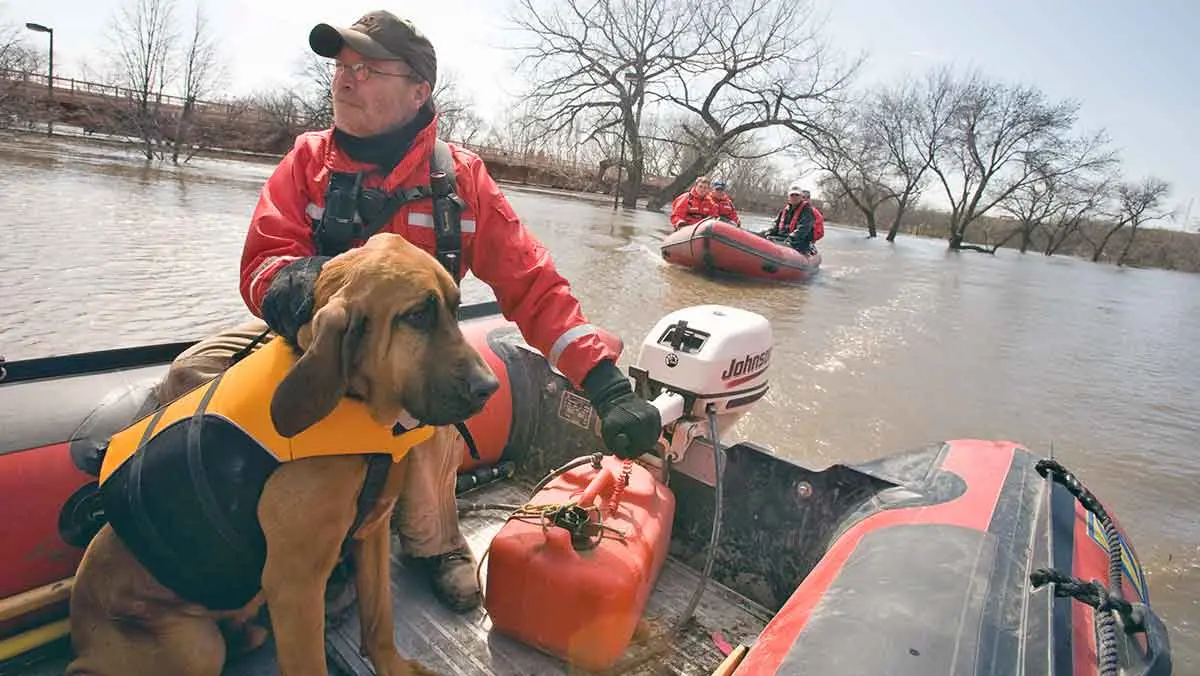
Purebred dogs offer greater consistency in their traits and temperament, and there are a few that stand out for search and rescue tasks. These include:
Breeds like the Bloodhound have bodies built for the task. Their big jowls, wrinkles and long ears help trap the scent they’re tracking, and their long nose has room for even more scent receptors than other breeds.
Cold-hardy breeds like St. Bernards are invaluable for searching snow, while water-loving dogs like retrievers have the skills necessary to find their target in a body of water.
These breeds are also peaceful enough to greet the victims they’re tracking with gentleness, ensuring it’s nothing less than a moment of peace.
